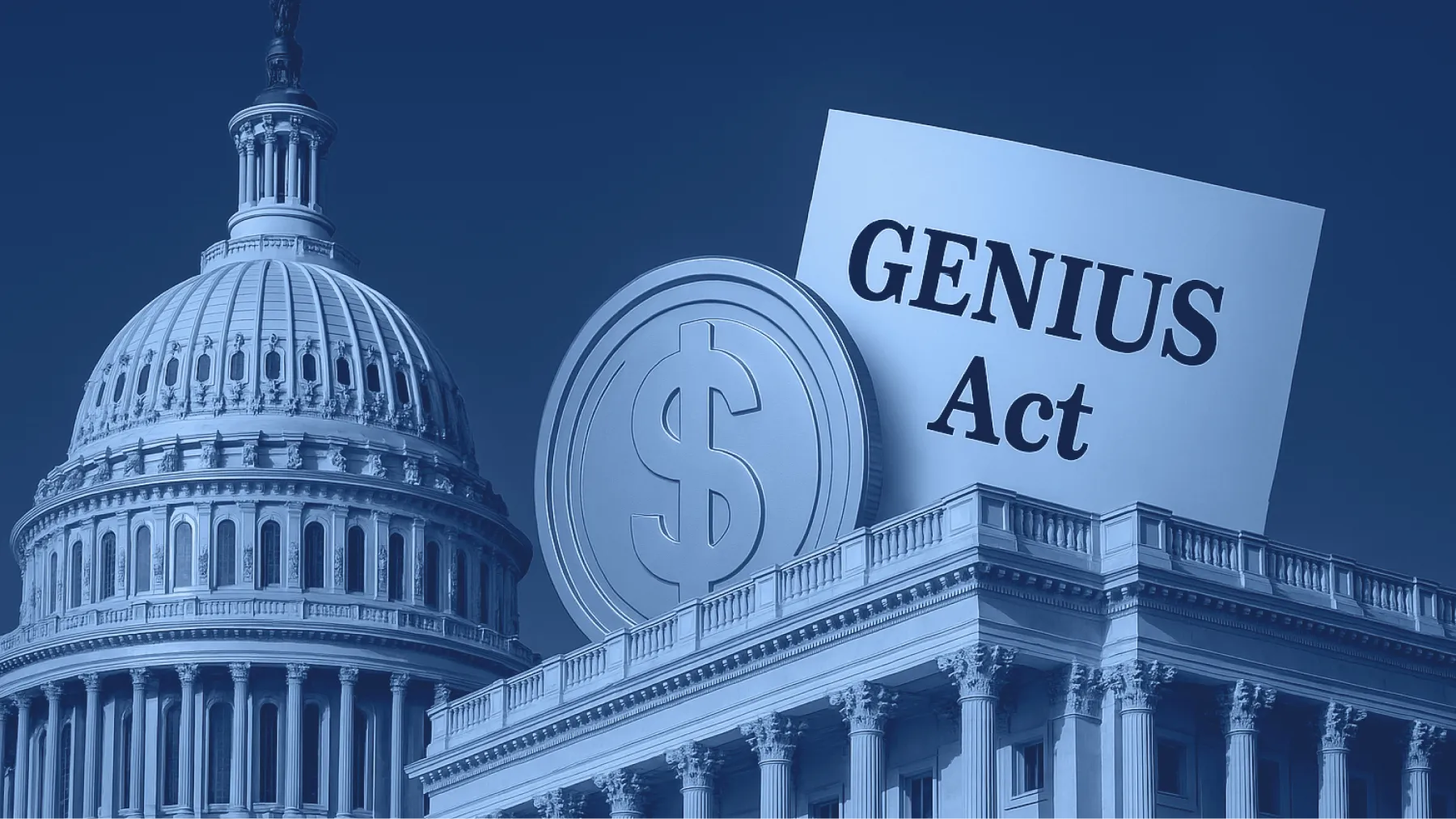- GENIUS Act lacks consumer protections, risking market stability for stablecoin holders.
- Stablecoins can improve global payments, but clear regulatory safeguards are crucial.
- Unified regulation is needed to prevent jurisdictional arbitrage and ensure system stability.
Federal Reserve Governor Michael Barr has voiced concerns over the possible risks posed by the GENIUS Act, which aims to regulate stablecoins. While acknowledging the importance of the bill in providing a structure for stablecoins, Barr highlighted major gaps in its consumer protection measures that could expose users to market risks.
At the 2025 D.C. Fintech Week in Washington, Barr praised the GENIUS Act for addressing the growing role of stablecoins in global payment systems. The act mandates that stablecoins be pegged to highly liquid assets, such as U.S. Treasury bills. This move seeks to strengthen the reliability of stablecoins as a payment tool. However, Barr pointed out that the legislation does not include strong enough safeguards to ensure long-term stability or fully protect consumers.
Barr emphasized that certain reserve assets, including uninsured deposits and foreign-backed instruments, could lose value in times of market stress. This vulnerability could undermine the stability of stablecoins, which are supposed to maintain a one-to-one peg with their reserve assets. He also noted that the act’s current provisions might allow for Bitcoin repo contracts to serve as reserve assets, creating further uncertainty in the system.
Stablecoins’ Potential for Global Payments
Despite his concerns, Barr acknowledged the positive impact that stablecoins could have on global payment systems. He recognized their possibility to enhance payment speed, reduce transaction costs, and offer financial inclusion, particularly in developing economies. Stablecoins, according to Barr, can greatly improve remittances, trade finance, and multinational treasury management by enabling quicker and more affordable transactions across borders.
He also mentioned the growing adoption of stablecoins by U.S. states, such as North Dakota, which has launched its own state-backed digital currency. Barr praised these innovations for improving the efficiency of financial transactions but reiterated that clear regulatory guidelines are necessary to mitigate the risks that could accompany them.
Need for Unified Regulation Across States
Barr’s speech also highlighted the issue of fragmented regulatory oversight between federal and state authorities. He warned that without unified rules, companies might exploit jurisdictions with lenient regulations, creating regulatory arbitrage. According to Barr, corporations may exploit favorable regulatory environments, which could destabilize the system.
He urged lawmakers and regulators to address these gaps during the rulemaking phase, stressing the importance of a cohesive regulatory framework to prevent the mistakes of past financial crises. Barr concluded by reiterating that while stablecoins hold significant promise for the future of payments, their success hinges on creating a regulatory structure that ensures consumer protection, trust, and innovation.

